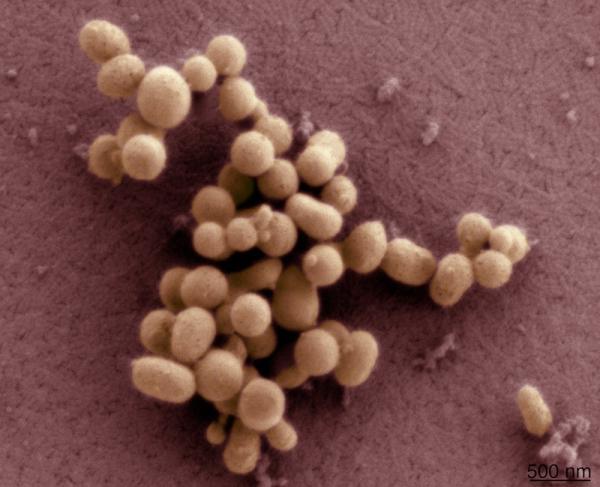We're open daily! View holiday hours
Science News
Synthetic? Cell
May 20, 2010

Everyone is writing and tweeting about the big news today—a cell that has been taken over by synthetic DNA. NPR claims “It’s Alive!” and wonders what will happen “if artificial organisms leave the lab?”
Dr. Kiki thinks it’s pretty awesome. Nature says “Researchers create 'synthetic life'.. or do they? Let the arguments rage!”
New Scientist calls it the “Immaculate Creation” but wants us to look at their other stories, too. “There WAS some non-synthetic life news today on New Scientist,” was their tweet.
So how can Science Today avoid this subject? I guess we can’t, but I wish our synthetic writer could tackle it. We’d much rather write about Hubble’s planet-eating star. Oh, why can’t we be Universe Today today?
So here are the basics: researchers at the J. Craig Venter Institute created a synthetic microbial genome and inserted it into the DNA-free cell of a different microbe. The mixed-up cell then went onto grow and divide normally.
According to the New York Times, Dr. Venter called it a “synthetic cell” at a press conference today and claims that this research is “a landmark achievement that will open the way to creating useful microbes from scratch to make products like vaccines and biofuels.”
The Academy’s Brian Simison, PhD, Curator & Head of Comparative Genomics, says not so fast on the terminology:
I cannot believe it is truly “synthetic.” My understanding of what he did was to take an existing cell, remove most its DNA and insert DNA that has been artificially constructed by adding nucleotides (real molecules not synthetic) into a particular sequence such that they code for essential genes for life. I personally do not like using the term “synthetic” for this man-made cell (more of an alteration than a de novo creation). I prefer “bioengineered” or even “artificial” is okay.
He does admit Venter’s onto something:
Don’t get me wrong, this is an enormous accomplishment and will certainly lead to remarkable applications and, of course, remarkable ethical debates.
Dr. Simison is spot-on with that last point—there’s already a Facebook page opposing the research. But make up your own mind. The research was just published online in Science, check it out. What do you think?
Electron micrographs were provided by Tom Deerinck and Mark Ellisman of the National Center for Microscopy and Imaging Research at the University of California at San Diego